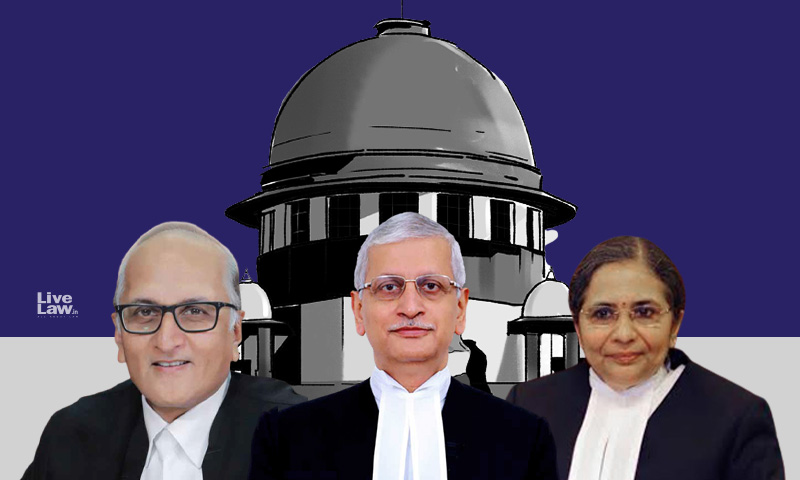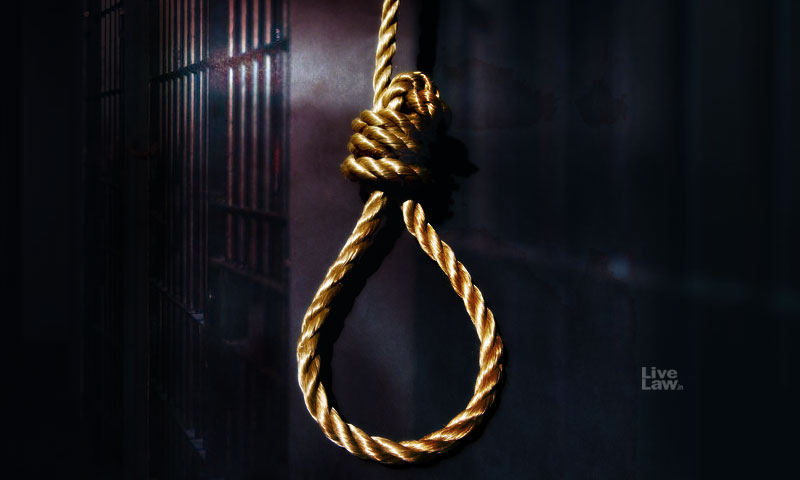No Identification Of Accused, Witnesses Not Cross-Examined : Supreme Court Acquits 3 Men Sentenced To Death, Cites "Glaring Lapses" In Trial
Deepankar Malviya
8 Nov 2022 7:17 PM IST
"Every case has to be decided by the Courts strictly on merits and in accordance with law without being influenced by any kind of outside moral pressures."
Next Story




